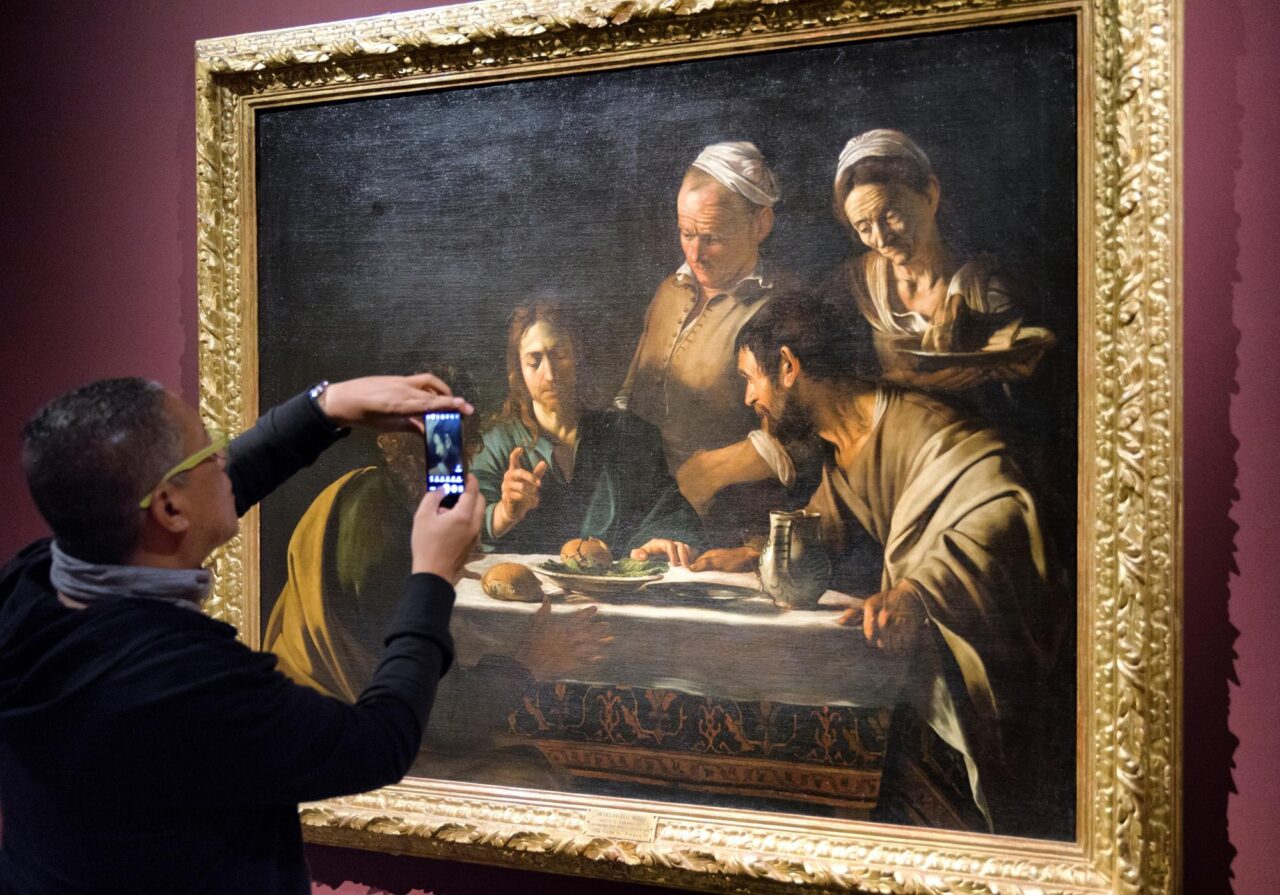
What makes a work of art 'beautiful'? Is a painting beautiful in itself, because it possesses universal characteristics that make us appreciate it, or is it a 'certain something' different for each of us that makes us evaluate a work positively? This is one of the great unresolved questions about the aesthetic experience and appreciation of art, on which neuroscience has also been working for several decades now. The attempt is to understand, using techniques and tools typical of the study of psychology and cognitive science, to what extent individual subjective experience, or intrinsic aspects of a work, make it attractive to people. The study led by Adam Reynolds and Emiliano Ricciardi, researchers at the MoMiLab of the IMT School, adds its own contribution to this line of research.
To address the question, the researchers asked a group of over 400 people to express both their aesthetic appreciation and the emotions aroused by a sample of over a thousand works of art, in particular paintings from the history of art from the Renaissance to contemporary art. "The research began at the time of the pandemic, a 'limitation' that actually turned out to be an advantage," explains Reynolds, a PhD student in neuroscience at the IMT School, and author of the study. "In the impossibility of conducting experiments with live people, showing the works online allowed us to collect the judgements of several hundred people on an impressive number of works, which is uncommon for this kind of study."
A total of 406 artists' works were selected, belonging to a wide range of genres and styles, from Baroque to Impressionism, Classicism to Cubism. The subjects of the paintings varied between scenes, portraits, landscapes, abstract forms, while visual arts other than painting, e.g. graffiti, digital art, illustration or calligraphy, were not considered. The participants, confronted with the works presented on the computer in the same size and format, had to express what emotions the work aroused by choosing from a list of 35, e.g. joy, sadness, melancholy, anger, fear, adoration, or "nothing", and to make a judgement on the intensity of the emotion they felt and how much they liked the work.
Previously, works of art had been classified according to their formal properties, i.e. according to the criteria that the relevant literature associates with the liking of a work, e.g. symmetry, adherence to the golden number (the particular proportion that would make an image harmonious), or colours and their intensity, curved shapes (usually preferred over edges) and so on. The analysis of the results showed that the appreciation for art depends only to a lesser extent on the formal aspects of the works, while it is much more linked to the emotions it arouses. But the link with emotions, according to the study, is very subjective: there are no specific emotions associated with judging a work of art to be beautiful, although feelings of admiration, calmness or, on the contrary, confusion, seem to be those most likely to be felt by those who have judged a painting to be beautiful. In short, the emotional experience associated with attraction to a work of art is also highly subjective.
The question also arises as to whether culture, familiarity with a certain type of artistic expression, can influence its perception and appreciation. "We can answer yes, but in the opposite way to what we would have expected. Most of the works shown belonged to the European tradition, and it was people from non-European cultures who expressed the highest appreciation,' Reynolds notes.
"Our study supports the idea that the aesthetic experience of art is highly subjective, and not driven by formal visual elements. Although it may be that from a biological point of view evolution makes us prefer specific formal aspects, individual experience modifies these innate preferences'. In short, as the saying goes, beauty is in the eye of the beholder.
Chiara Palmerini